Have you ever entered a clothing store that was so visually appealing (with all the manikins and things like that), that it just felt right to buy something?
TRUST ME, I’ve been there.
The visual appeal is what sparks your interest to buy.
Visual appeal can also spark inspiration to create, which is why creating a visually appealing recording space can do wonders for your artists.
With that said, here are some decorative ideas that you can use to make your studio more visually appealing:
Pick a preference or theme to run with
This is probably the most important of all things you’d consider when decorating your music studio.
What this means is that, your preference in décor should reflect your personality or the personality that you want your music studio to portray.
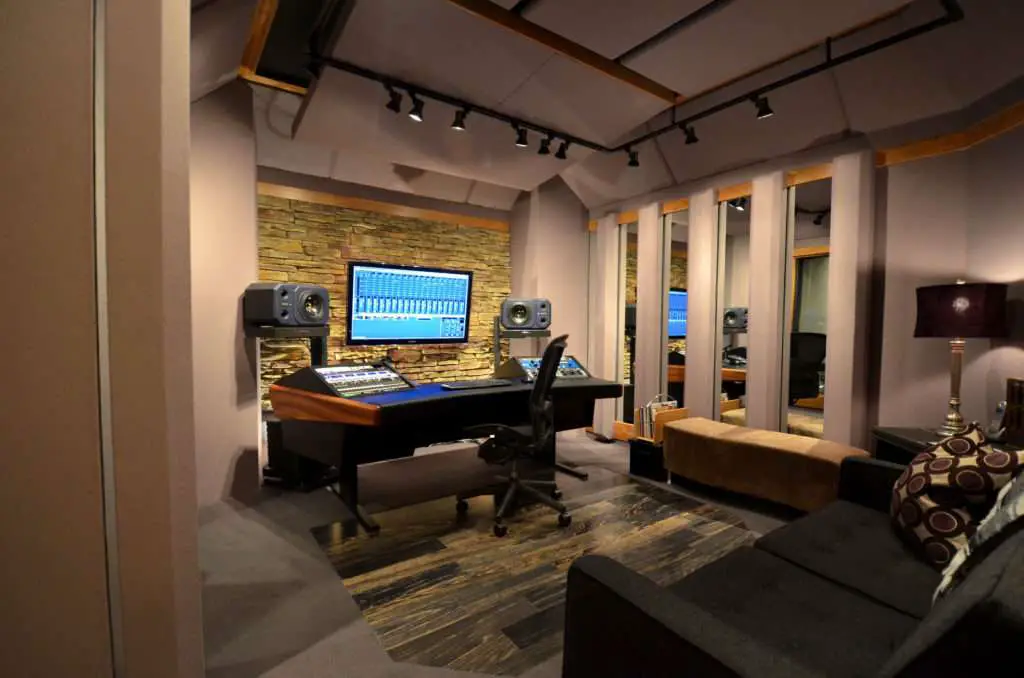
Mostly the preference of most music makers is a calming aesthetic that is pleasurable to record their music in.
Floor choice
you can also pick a floor type that compliments your personal style, there’s a few flooring types that are generally recommended, you can check out this blog post i wrote on acceptable flooring for music studios.
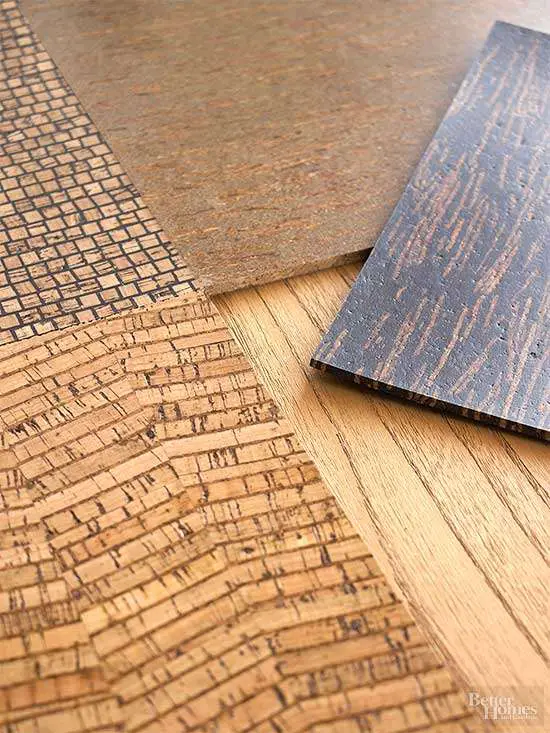
Acoustic panels
There are three options you can go for here, you can either work with the acoustic panels that you already have on your walls or you can outsource and have them replaced with others that are a little more decorative and look better or you can decorate ordinary ones to your liking.
The one advantage of using acoustic panels as a means to improve the overall look of the home music studio is that they also provide a means of sound insulation, as you may already know.
Generally people have always been confined to using acoustic panels that do very little for the décor.
If you use decorative acoustic panels in your studio, you can do much in terms of looks while also providing acoustic treatment for your music room.
DIY Decorative Tips
If you don’t have money to spend on decorative acoustic tiles that I’ll recommended, there’s a work around; you can decorate your already existing acoustic panels.
Some Do-It-Yourself Ideas are:
Fabric
You can wrap your acoustic around some fabric that you have, you can simply find a color that you like and use it.
Natural fabric material such as wool and cotton and linen will work great for acoustic panels.
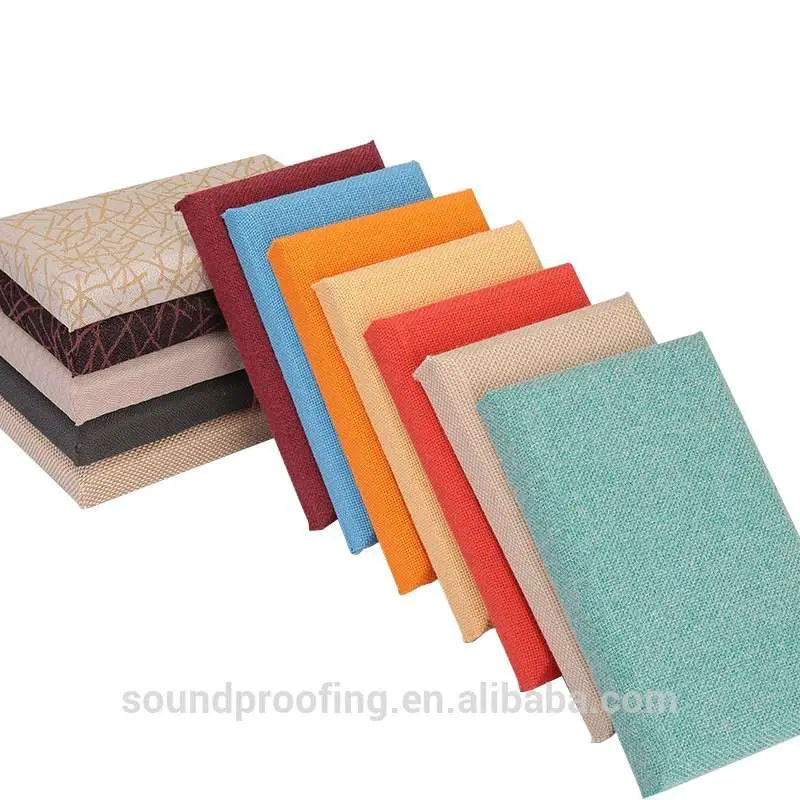
Cork board sheets
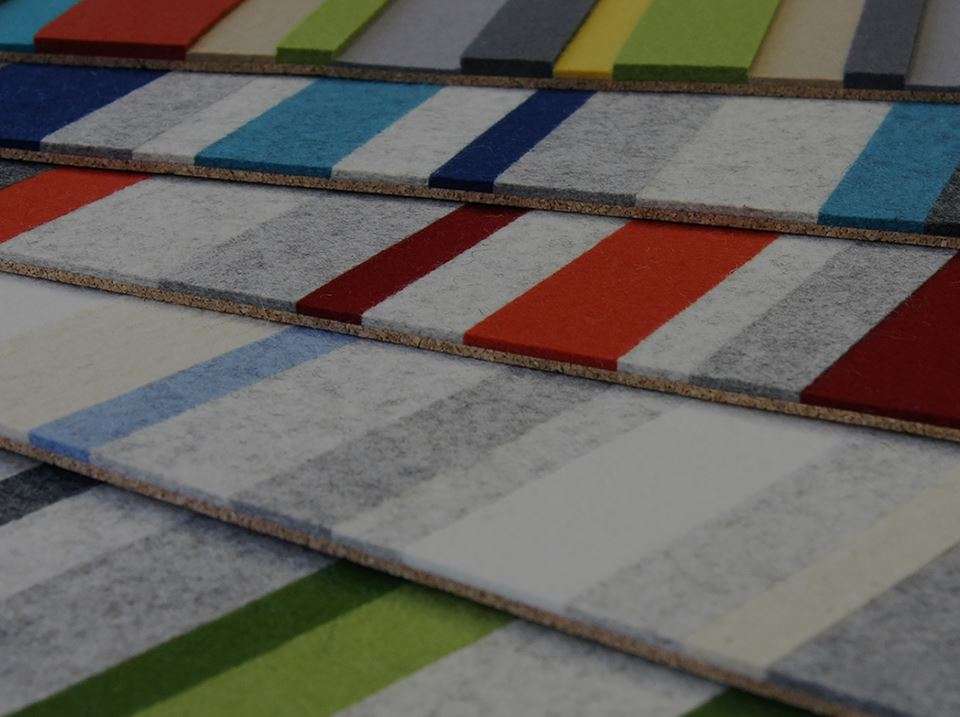
The good thing about cork boards is; you can use them with your acoustic panels or you can use them independently as the acoustic panel.
If you decide to use them independently, they work pretty well in rooms that have a lot of echo. They reduce reverberation of sound and distortion, which leaves the room quieter.
They are inexpensive and they are pretty easy to install.
You can also glue the cork boards to your desired acoustic panel, it pretty easy to do, you don’t even need to hire a specialist.
Paint
In this case you would have to buy Paintable Acoustic Panels.
You can paint them to ensure that they fit the decorative theme you’re going for, they basically give you creative control and the painting ideas that you could come up with are endless,
You can shop for decorative acoustic panels that designed to fit what particular theme you’re going for.
Here are some other cool ideas that you could try if you’re looking to buy acoustic treatment decor:
Mura Dane & Mura Wave acoustic tiles (by KIREI USA)
If you’re comfortable with a wall that isn’t flat, then these types of tiles are definitely what you would typically go for.
There are designed to interlock with one another to form a sort of diamond pattern, there are also able to rotate and change the direction of the pattern at any time.
Mura dane acoustic tiles are light weight and they are highly sound absorbent which makes them a great choice.
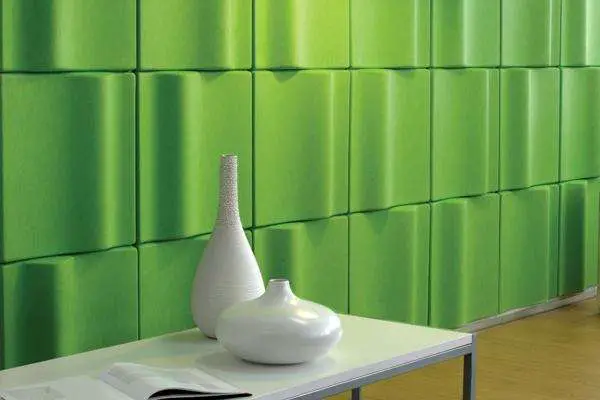
They are not overly complicated to install, so they can save you time and money.
Mura wave tiles are designed to give your wall or ceiling a fluid like pattern (appearance like the acoustic panels are flowing through the room), they can also be arranged in any pattern that you want to go for.
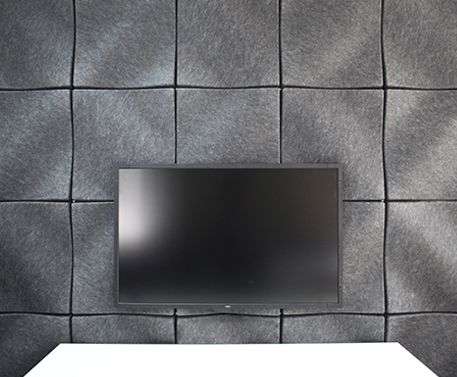
They are also particularly easy to install which makes them ideal for somebody trying to save some time and money.
Balance tiles (by KIREI USA)
With balance tiles you get the basic clean lines that you would expect from sound absorbing panels, but balance tiles have a slight twist to them; they have a subtle texture and overlap that makes your wall more visually appealing.
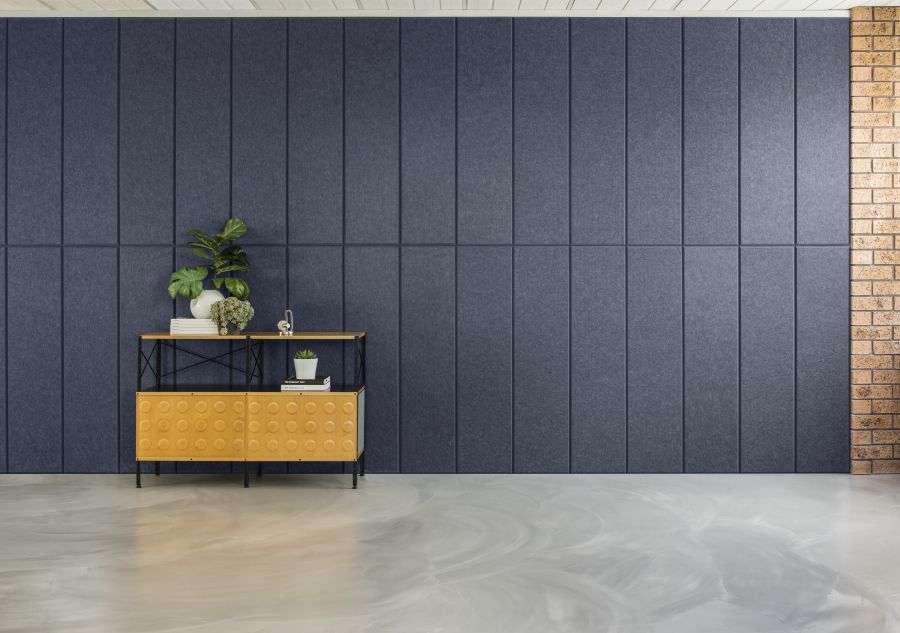
If you’re going for a formal look then these will work perfectly for you.
They are about 24mm thick which makes them great for sound absorption.
Balance tiles come in different colors and sizes to meet your design needs.
EchoLine
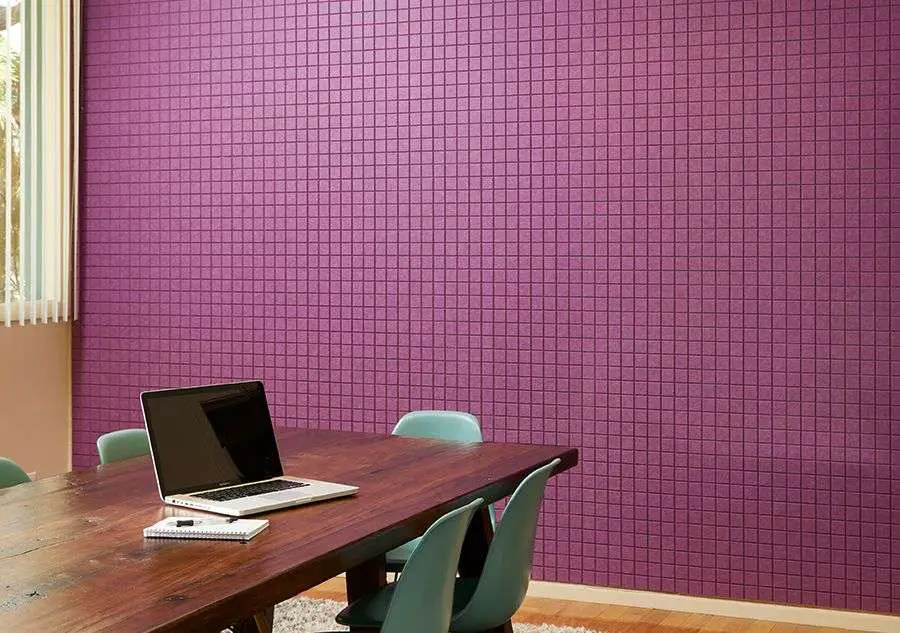
They are created with a subtle texture and a matte finish which makes them a great choice if you’re looking for a calm visual appeal that does take your attention from what you’re working on.
Painting
Painting is a also a great idea for spicing up the decor in your music studio.
After you choose the theme you want to go with, you can then try out different colours and see which one works best with you.
The paint scheme you decide to go with should suit your personality and the kind of work that you do.
Here you want to go for a colour that will work well with the kind of lighting that you have set up, choosing a soothing colour that will make a statement even when you dim the lights in the studio.
Another idea is using luminescent paint, this will make your studio have that glow in the dark touch to it and will work well if you have the right lighting setup.
Remember that vibrant colors spark creativity and stimulate the brain!
Rugs & Tapestries
Tapestries and rugs are also great for room decor.
They may work well for you in places where you need to dampen sounds, probably near a recording microphone.
You can choose rugs that are light-weight in nature and you can hang them up on walls to create a nice visual appeal.
Every decorative idea works the best if you have a theme.
You can also use floor rugs to make the room more visually appealing and more comfy to be in.
Put them underneath certain instruments, or have them tacked in the wall near your microphone area.
Instruments

You can use the instruments that you have as decor by neatly organizing them.
Studio organization is really important, even if you don’t have that many instruments present in your studio. You can utilize what you have.
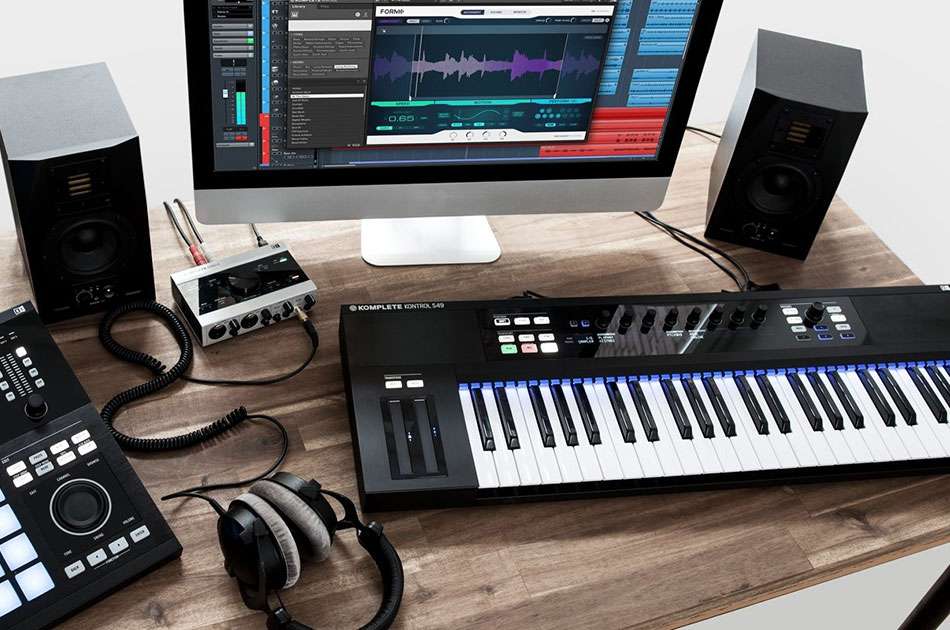
If you’re still in the beginning phase of setting up your home studio you can plan ahead and pick the right gear that suits and can be easily integrated with your personal studio style.
One hack is hanging instruments like guitars on your wall; this will act as great decor and will save you some storage space especially in a home studio setup.
Comfy seating
Another way of spicing things up in your studio is investing in some comfortable seating.
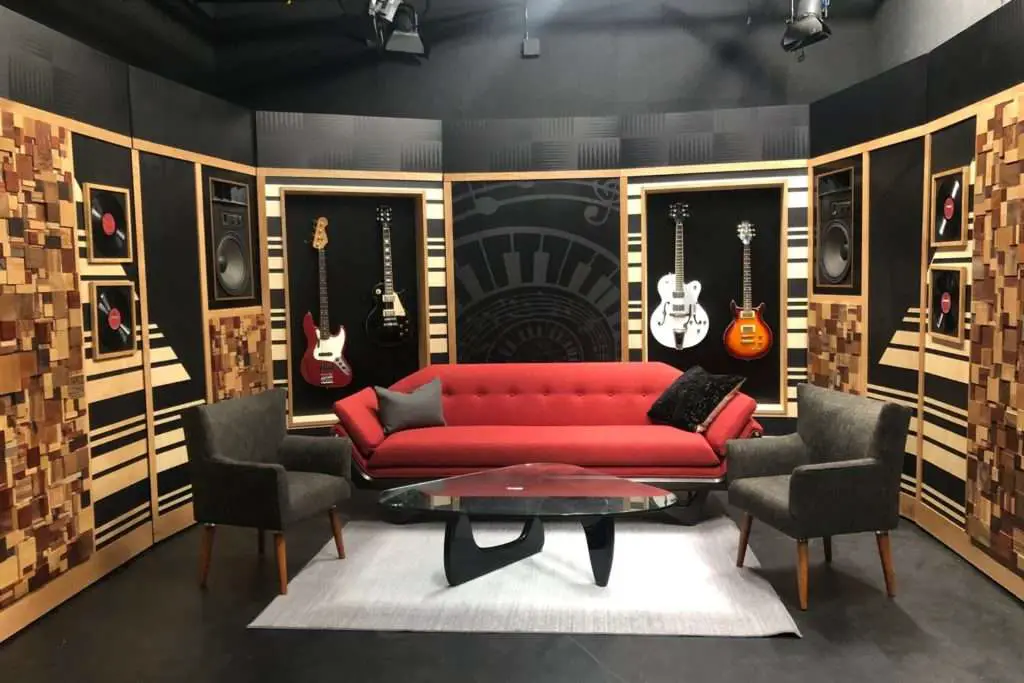
You can use a nice and couch that will fit with the personality of your studio.
This will be most beneficial to your clients, music artists enjoy working in comfortable environments.
Use that to your advantage and make that comfy couch compliment the decor and theme that you already have present in the studio.
Posters
You can use posters of your favourite artists on your walls to improve the visual appeal.
You can also use iconic figures like Bob Marley, or the Beatles to inspire the room. You can properly frame the art to make it more suitable for a music studio.
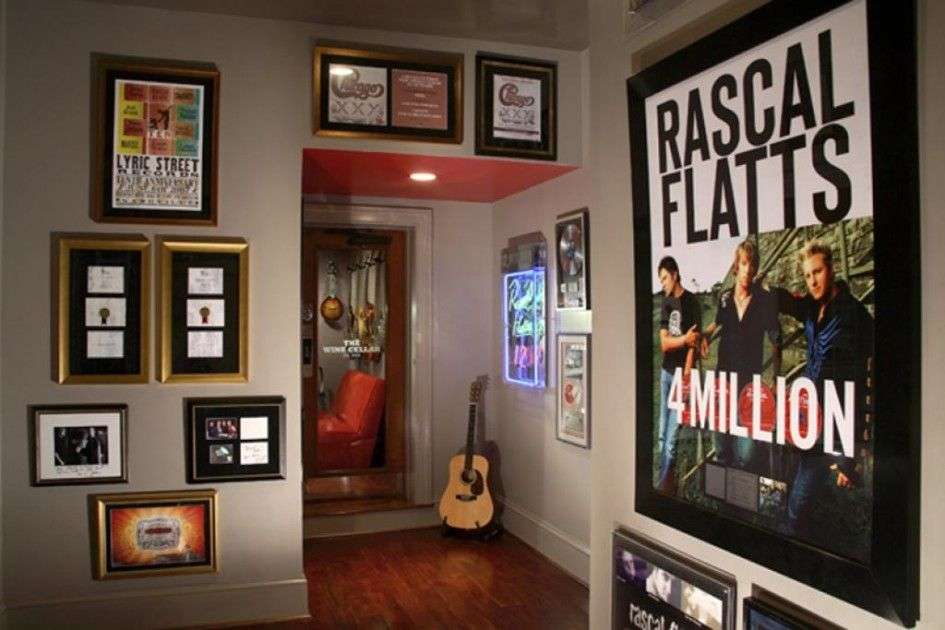
You can divide up the walls to have artists on one side and music producers on another side.
Therefore If you have albums that are just lying around, you can hang them up on your wall to add some credibility to your enterprise.
The posters you choose to use all come down to your sense of humor and the basic personality of your brand or the brand you’re trying to portray.
Lighting
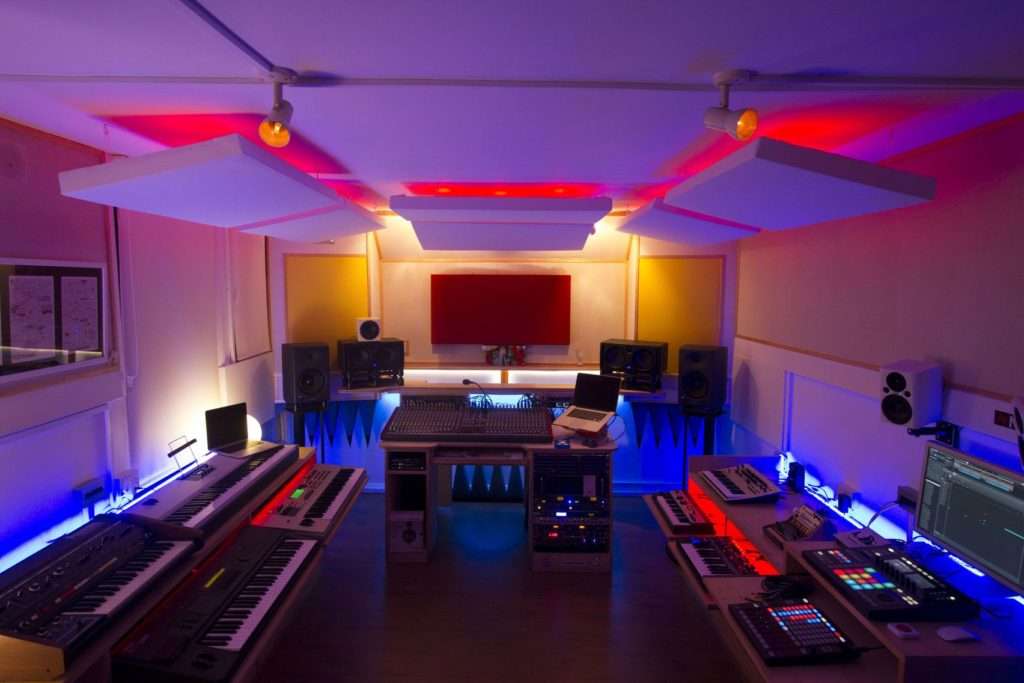
Lighting is one of the most important things in a studio.
Studio lighting should be used creatively in order to accommodate the specifics of the space without causing too much discomfort.
To accommodate comfort make sure you go for lighting choices that have low heat emitting properties especially if you have a small studio or a home studio.
You can also play with the lighting, a recording studio allows you to play with creative design elements, and use dedicated directional lighting for a colorful approach.
Also make sure you give proper illumination to areas where it is needed like staircases and entrances then reserve ambient lighting for the places where music is made from.
It can be agreed that a warm ambient aesthetic will encourage creativity.
Related Articles You Might Find Interesting
What Is The Best Wood For A Recording Studio?
10 Music Studio Decor Ideas (To Transform Your Workspace) – Producer Hive
2 thoughts on “How To Decorate A Music Studio (Decor Ideas)”